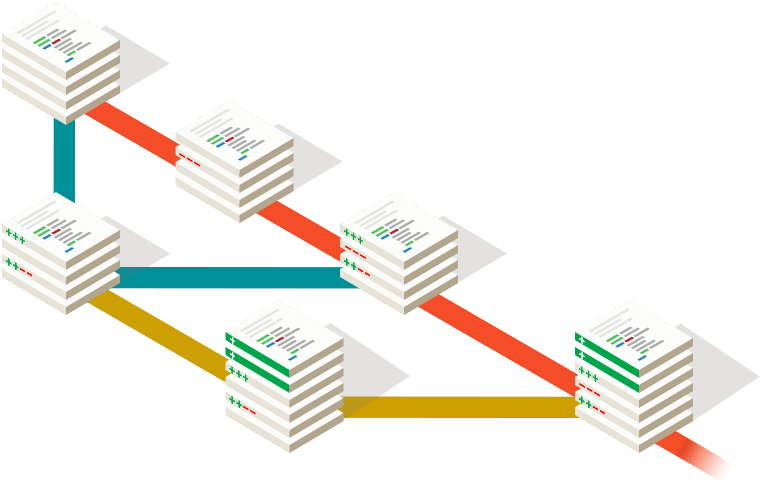You’re already writing decent commit messages. Let’s see if we can level you up
to awesome. Other developers, especially you-in-two-weeks and
you-from-next-year, will thank you for your forethought and verbosity when they
run git blame to see why that conditional is there.
The first line should always be 50 characters or less and that it should be followed by a blank line. Vim ships with syntax, indent, and filetype plugins for Git commits which can help here.
Add this line to your
~/.vimrcto add spell checking and automatic wrapping at the recommended 72 columns to you commit messages.autocmd Filetype gitcommit setlocal spell textwidth=72Never use the
-m <msg>/--message=<msg>flag togit commit.It gives you a poor mindset right off the bat as you will feel that you have to fit your commit message into the terminal command, and makes the commit feel more like a one-off argument than a page in history:
git commit -m "Fix login bug"A more useful commit message might be:
Redirect user to the requested page after login https://trello.com/path/to/relevant/card Users were being redirected to the home page after login, which is less useful than redirecting to the page they had originally requested before being redirected to the login form. * Store requested path in a session variable * Redirect to the stored location after successfully logging in the userAnswer the following questions:
Why is this change necessary?
This question tells reviewers of your pull request what to expect in the commit, allowing them to more easily identify and point out unrelated changes.
How does it address the issue?
Describe, at a high level, what was done to affect change.
Introduce a red/black tree to increase search speedorRemove <troublesome gem X>, which was causing <specific description of issue introduced by gem>are good examples.If your change is obvious, you may be able to omit addressing this question.
What side effects does this change have?
This is the most important question to answer, as it can point out problems where you are making too many changes in one commit or branch. One or two bullet points for related changes may be okay, but five or six are likely indicators of a commit that is doing too many things.
Your team should have guidelines and rules-of-thumb for how much can be done in a single commit/branch.
Consider making including a link to the issue/story/card in the commit message a standard for your project. Full urls are more useful than issue numbers, as they are more permanent and avoid confusion over which issue tracker it references.
This is generally done as the first paragraph after the summary, on line 3.

Having a story in your git log will make a huge difference in how you and others perceive your project. By taking great care in commit messages, as you do in your code, you will help to increase overall quality.
Special thanks to Tim Pope, whose Note About Git Commit Messages literally sets the standard for a good commit message.
Additional thanks to the creator of Git and a real stickler for a good commit message, Linus Torvalds.
